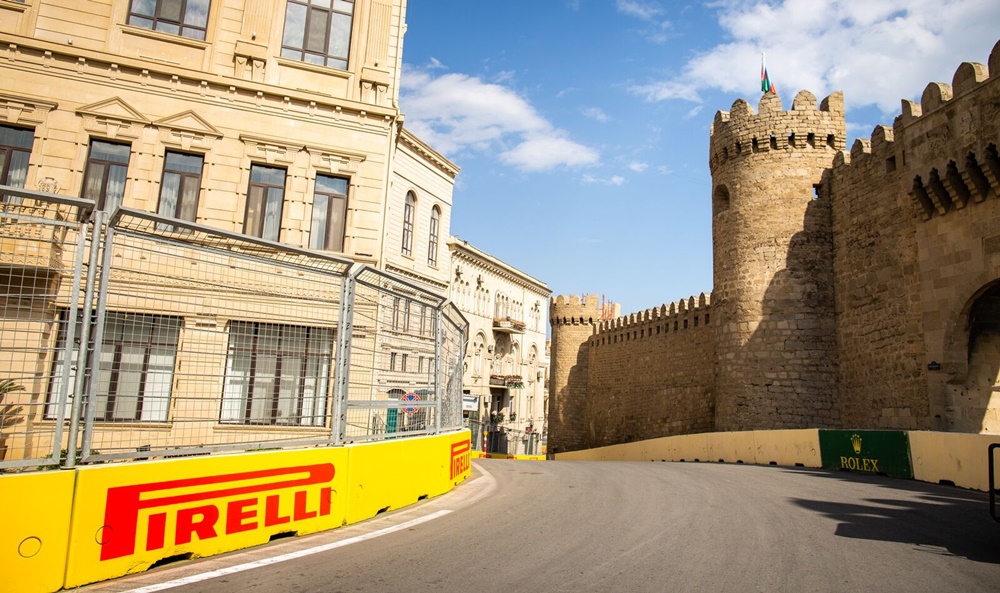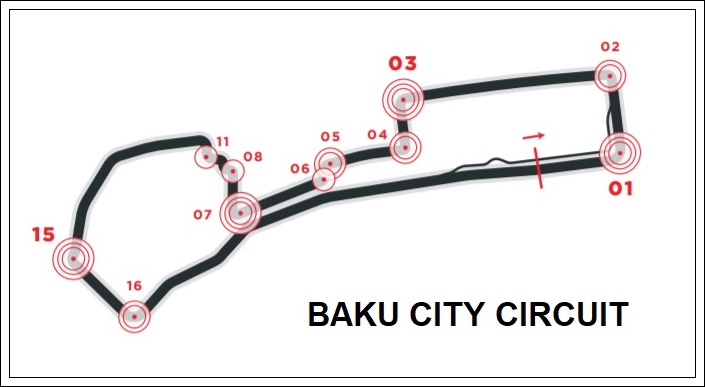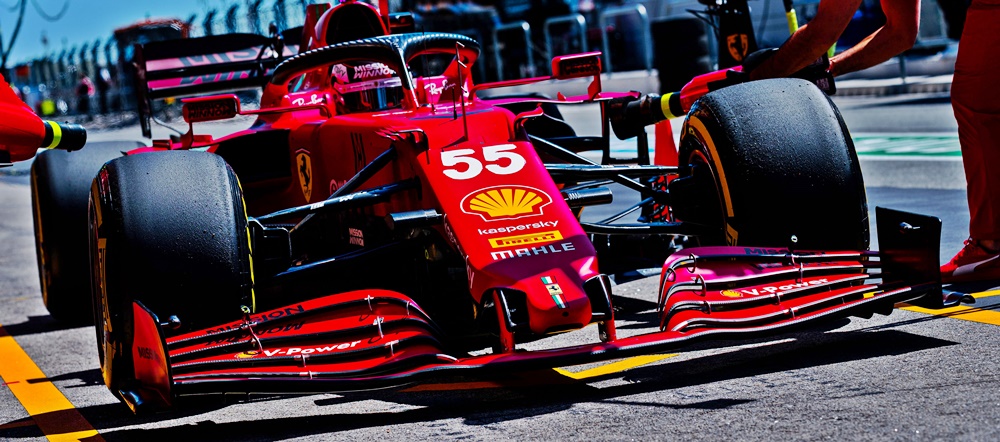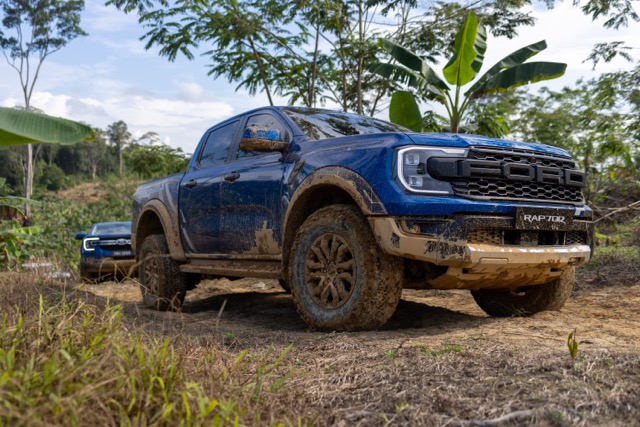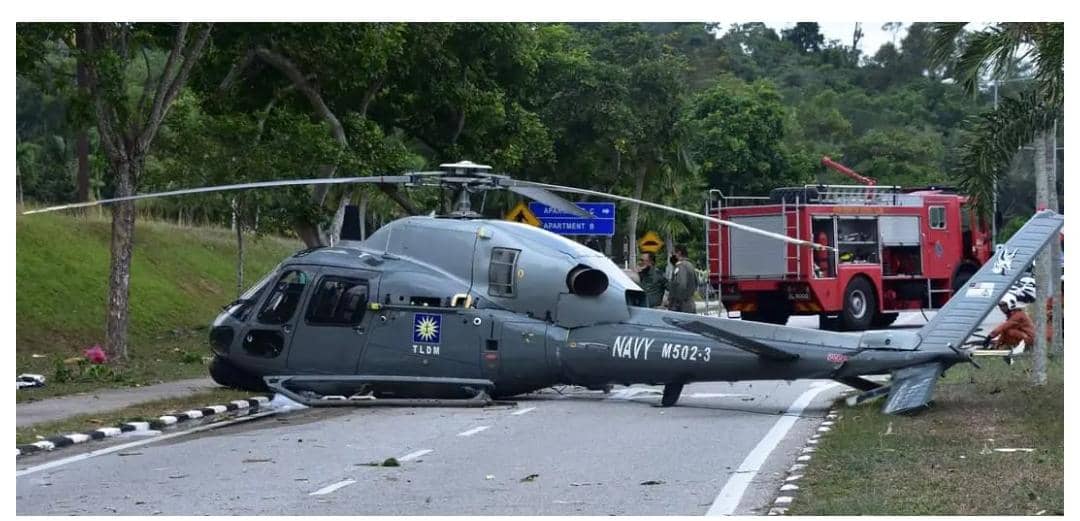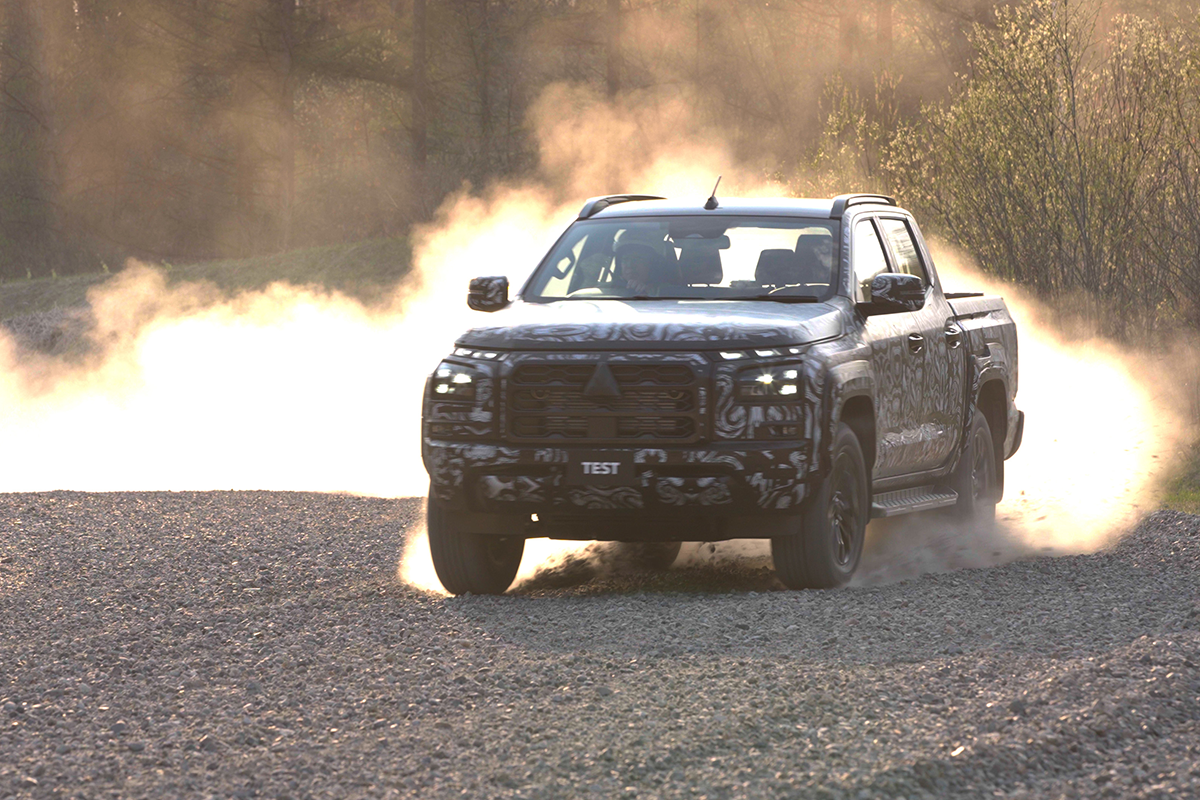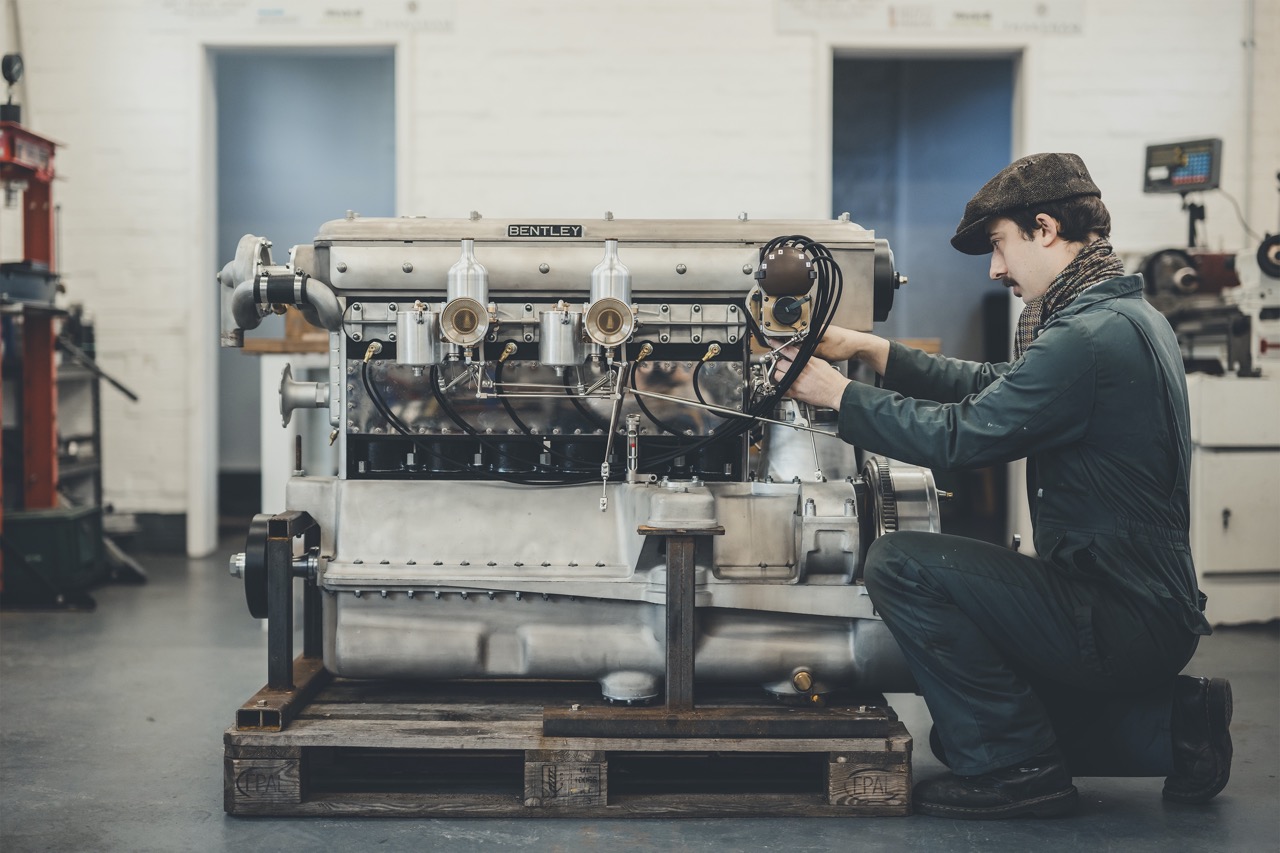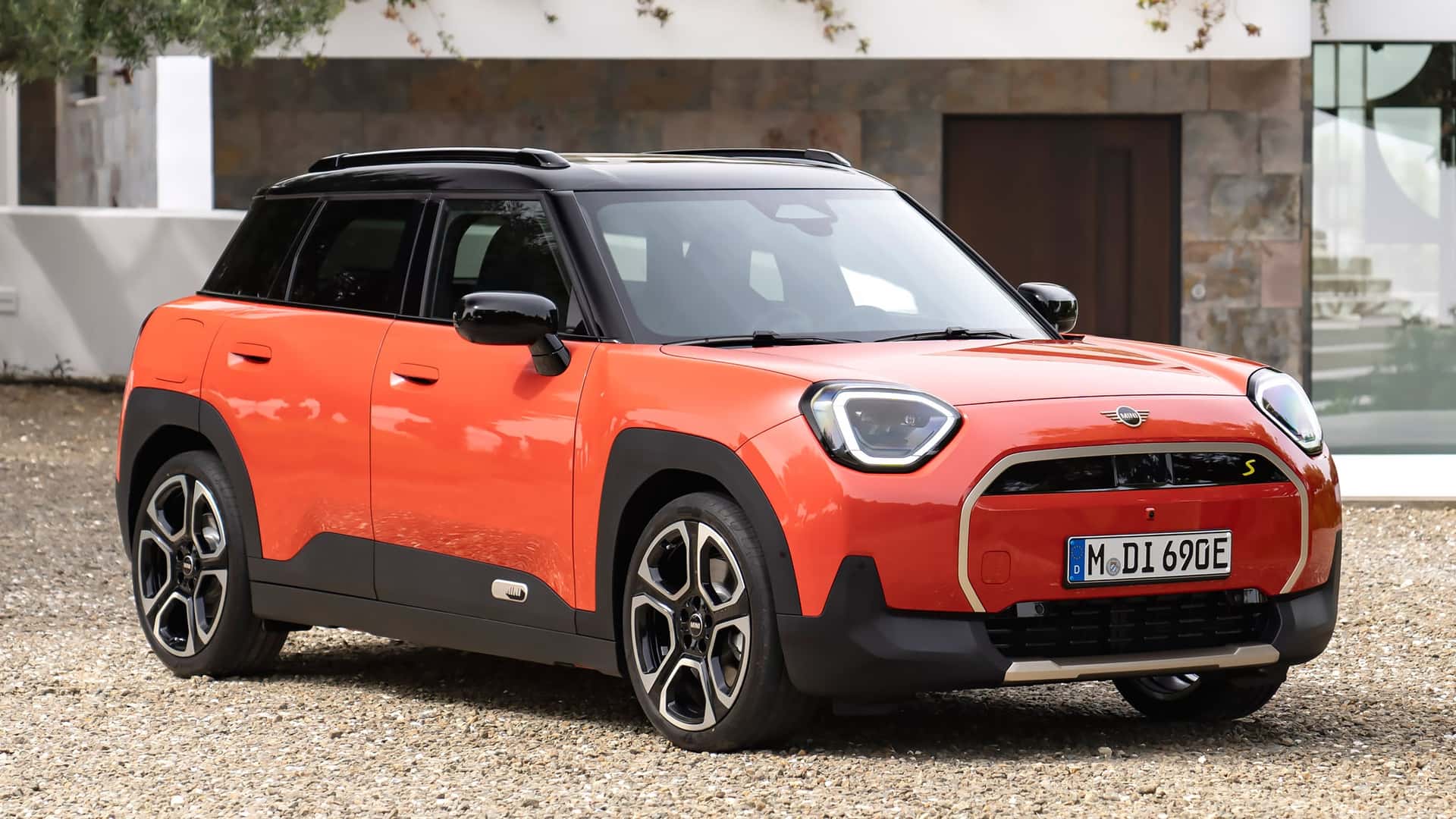After a year’s absence, Formula One cars will once again speed around the Baku City Circuit for the 2021 Azerbaijan Grand Prix. This will be the fifth time in 6 years that the event has been run at the same venue along the coast of the Caspian Sea.
Demanding on brakes
It is the second street circuit to be used so far, after Monaco two weeks ago. Being a street circuit with narrow roads and tight turns, the track is classified as one of the most demanding tracks for brakes. On a scale of 1 to 5, Brembo engineers give it a 4 on the difficulty index, the same as the Sakhir Circuit in Bahrain.
The layout includes four 90° corners at the start which are highly demanding on the brakes, followed by other turns where the angle changes continuously and, consequently, so does the use of the brakes. The track has several technical corners like Turn 8 near the old town fortifications where there is no room for error.
Carbonfibre + aluminium
In addition to aluminium-lithium calipers and carbonfibre discs, Brembo also supplies F1 teams with brake pads, also made from carbonfibre. There are 5 different types for the front and 2 variations for the rear. They vary according to the specifications of the material used, the internal ventilation and the geometry.
The length of each pad ranges from 160 to 190 mm and the surface area from 50 to 90 sq. cm. while the weight varies from 150 to 300 grams. The pads have a friction coefficient of 0.5 and the operating temperature is the same as the discs. Both have very high thermal conductivity since they are in direct contact and made from similar materials.
20 seconds of braking per lap
Over the 6 kms of circuit with 11 braking zones, the brakes are used for just under 20 seconds per lap. This is twice as much as on the Imola track and 1.2 seconds more than Monaco. Despite this, at Baku, the load on the brake pedal from start to finish is lower, 53.5 metric tons.
In 5 of the 11 braking sections, the load does not even reach 90 kgs; deceleration is just 3.8g and braking lasts for 1.86 seconds. In 4 braking sections, on the other hand, the brake system is in use for over 2.13 seconds even if the load on the brake pedal reaches a peak of 166 kgs and does not exceed 140 kgs in the other cases.
5.5g right after the starting line
Of the 11 braking sections of the Baku City Circuit, 4 are classified as very demanding on the brakes, another 4 are of medium difficulty, and the remaining 3 are light. The most challenging one for the brake system is the first corner where the cars arrive at 334 km/h and then have to slow down to 125 km/h within just 1.85 seconds. To do this, drivers apply a load of 131 kgs on the brake pedal and as the car decelerates, there will be a force of 5.5g as they cover a distance of 107 metres.




